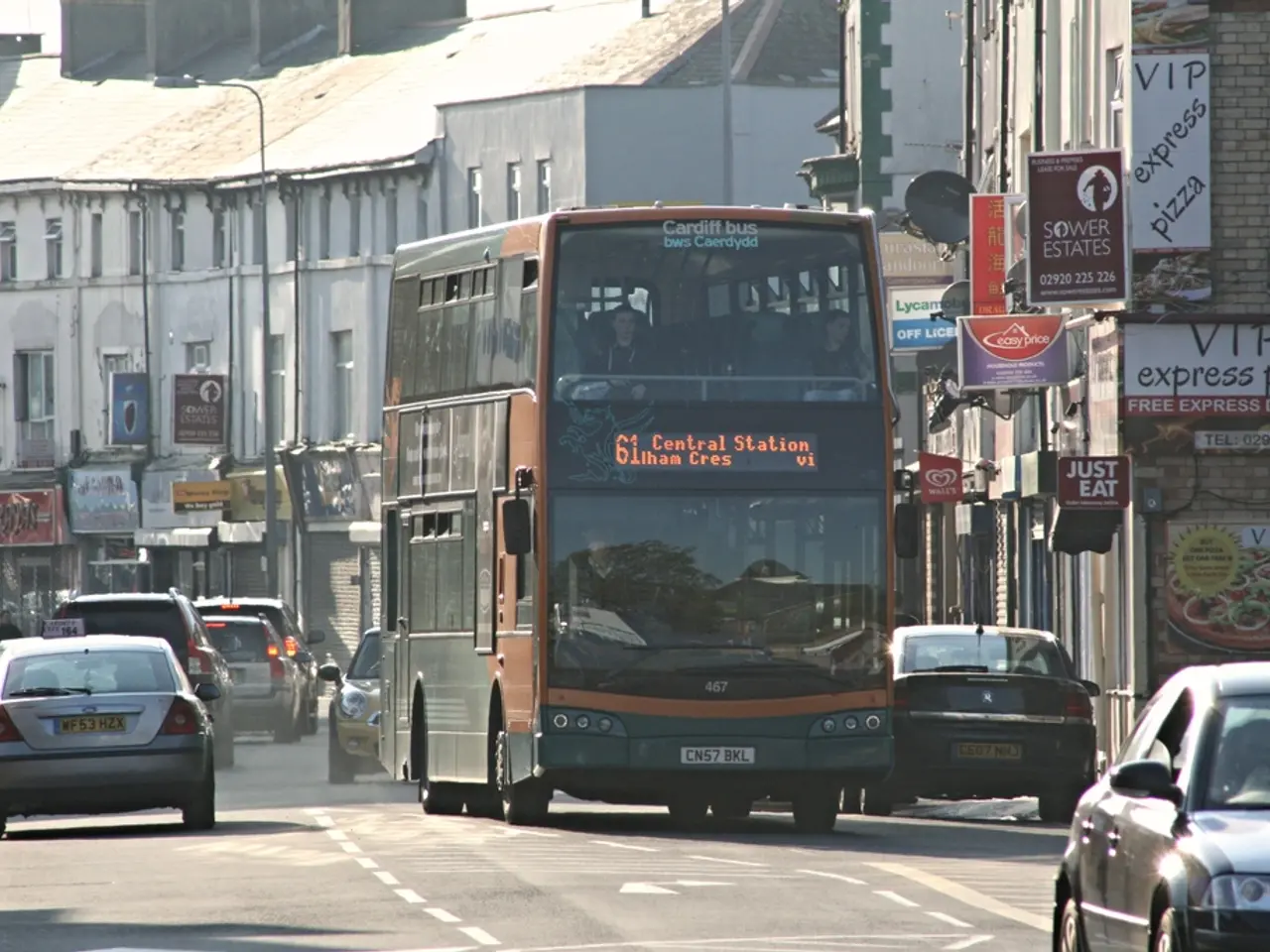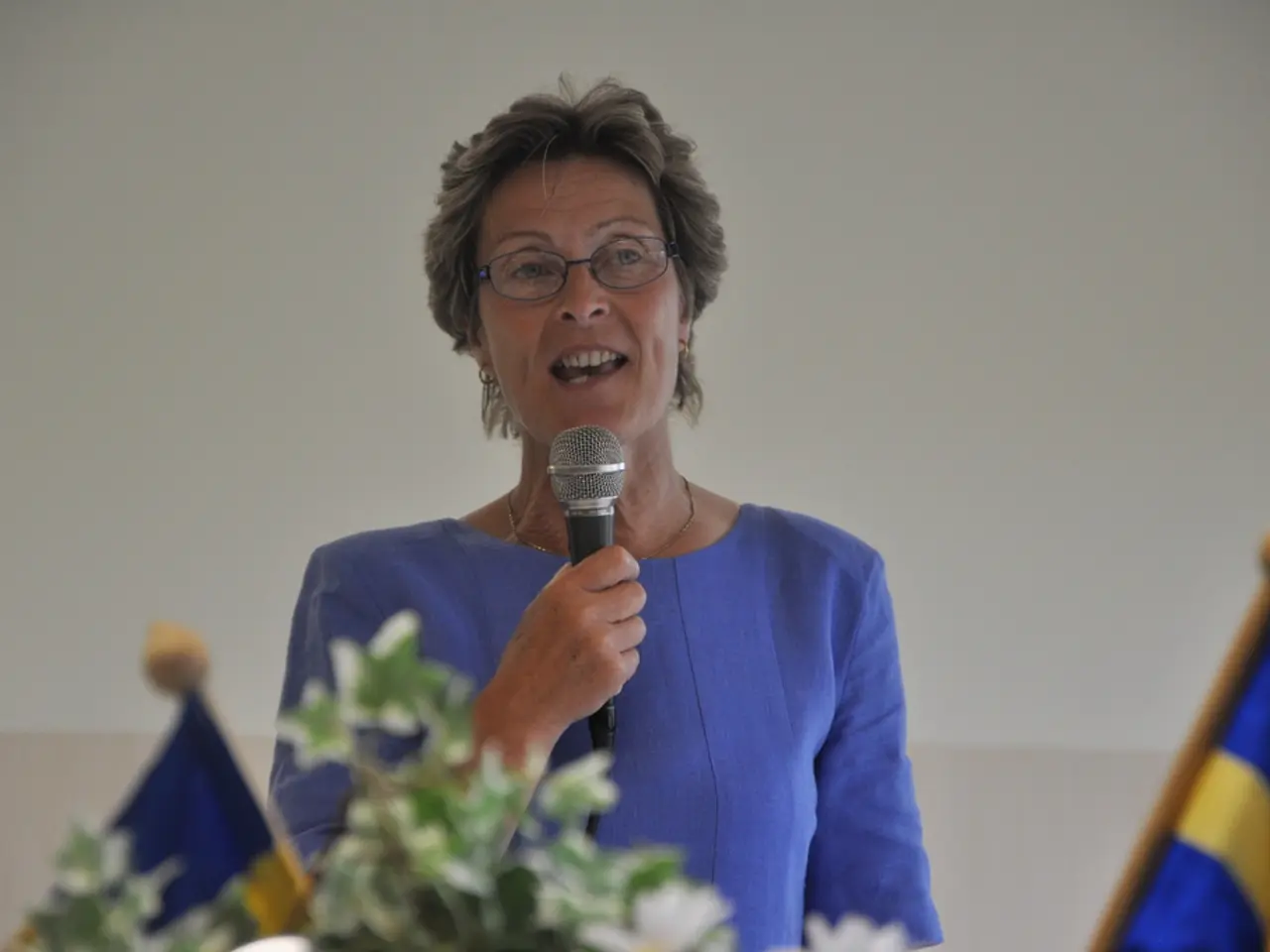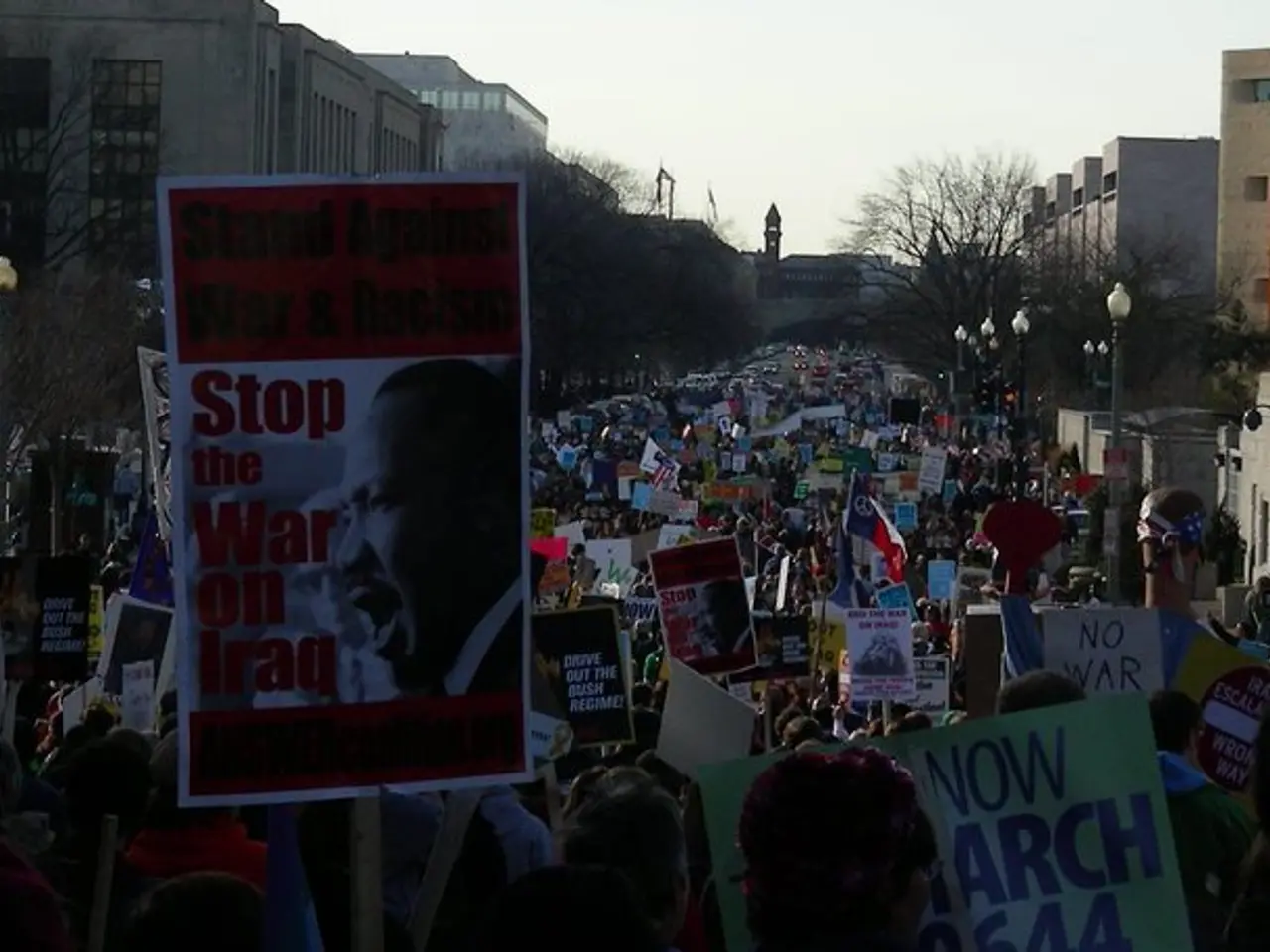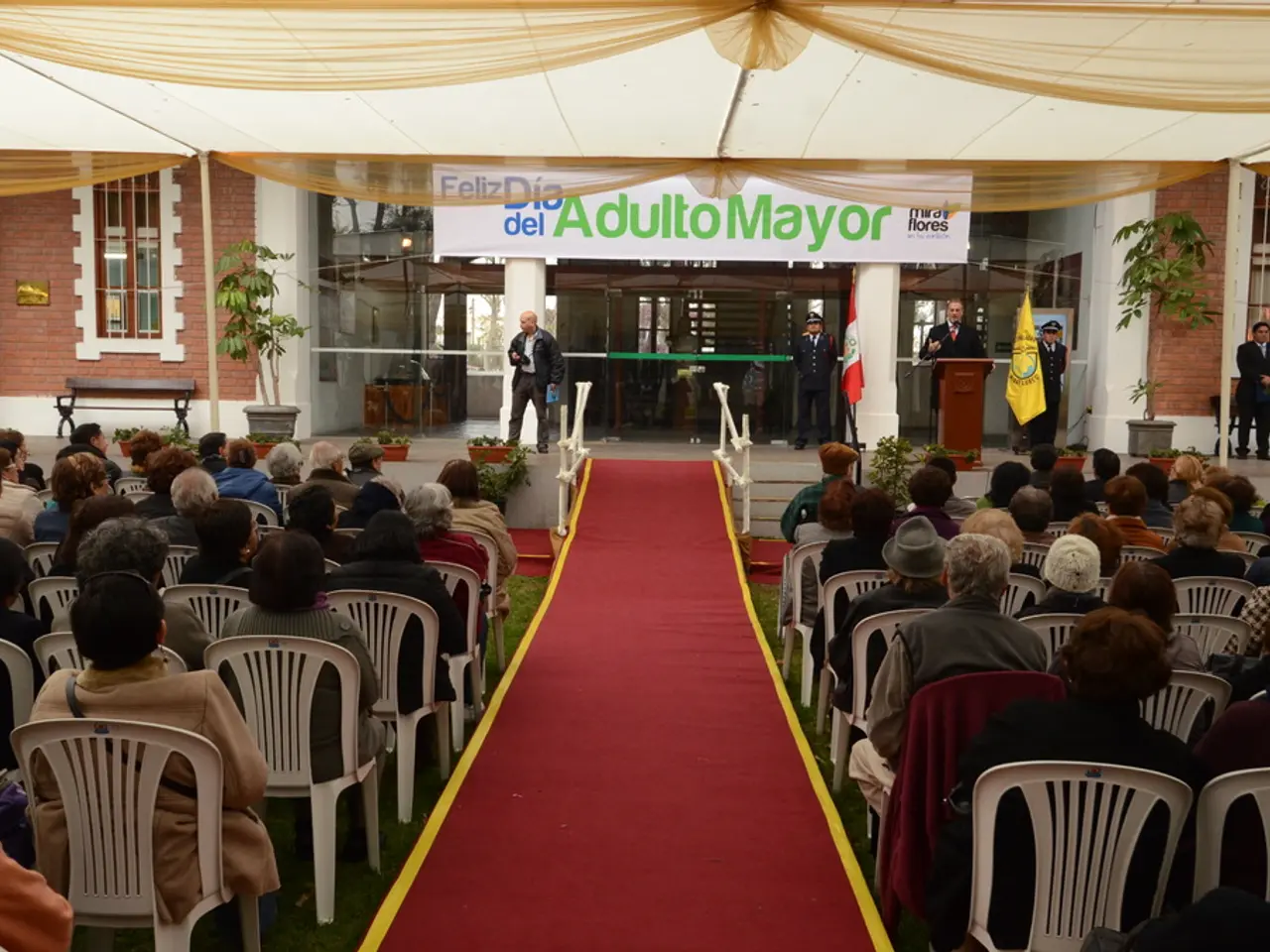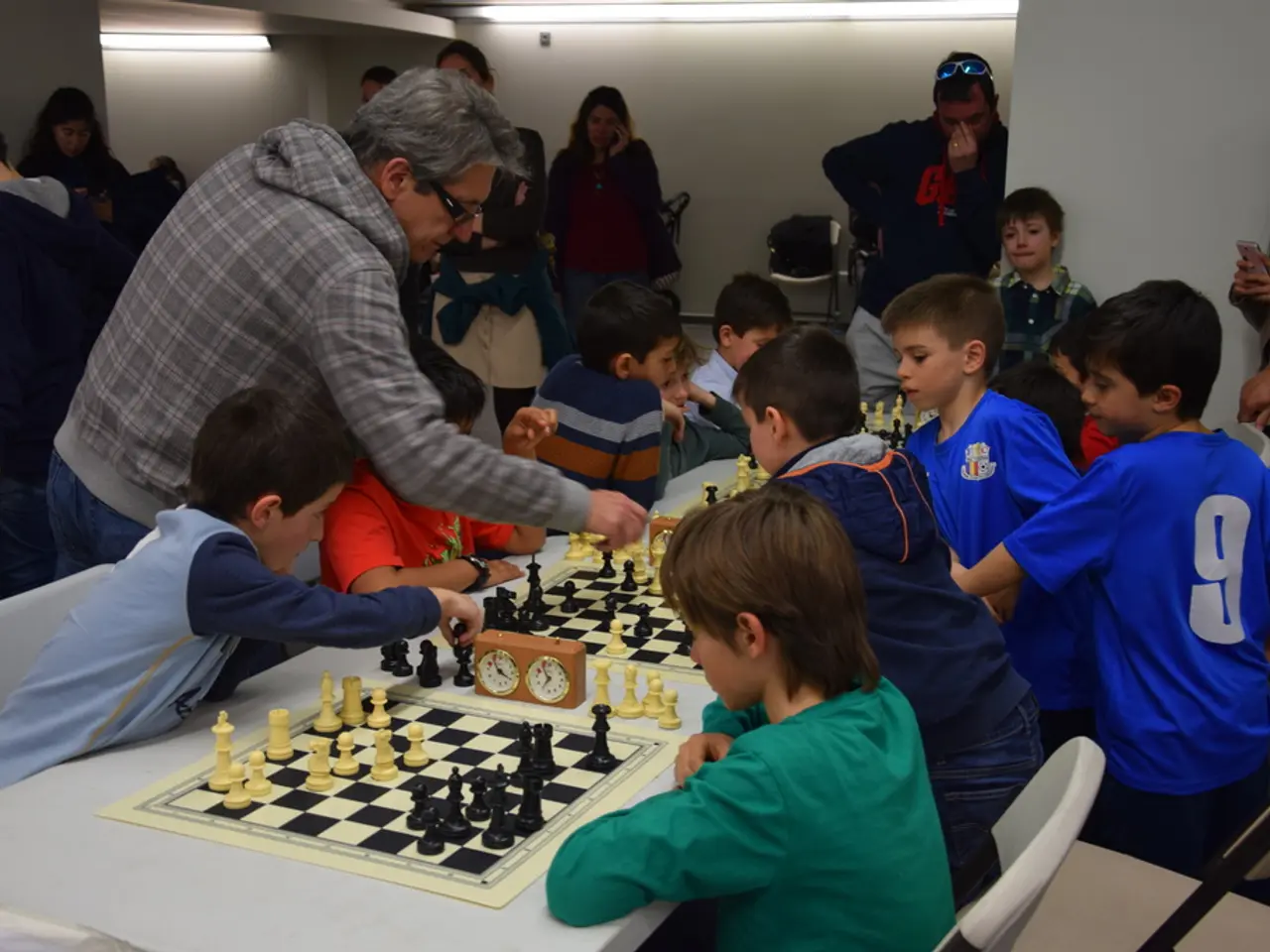Exploring Berlin's Political Past: A Guided Tour for History enthusiasts Highlighting Significant Landmarks
Berlin, a city rich in history and political significance, offers visitors a unique opportunity to delve into the forces that have shaped Germany and the world. Free walking tours of the city's political landmarks provide an engaging and emotional connection with the past, focusing on key landmarks and stories associated with the Cold War, the Berlin Wall, and the German Democratic Republic (GDR).
One of the most iconic symbols of Berlin's history is the Brandenburg Gate, a beacon of German unity and freedom that once stood as a dividing point between East and West during the Cold War. Another significant landmark is Checkpoint Charlie, a famous border crossing between East and West Berlin, symbolising the division and eventual reunification of the city.
The Berlin Wall, a physical barrier that stood for 28 years, dividing East and West Germany, is another key attraction. The fall of the wall marked a significant moment in the end of communism and is a significant part of Berlin's political past. The Berlin Wall Memorial (Bernauer Strasse) preserves a full section of the border fortifications, offering a chilling look at the "death strip," guard towers, and border security infrastructure.
The Reichstag Building, the German parliament, is also a significant historical site. Its history includes the Weimar Republic's rise and fall, Nazi manipulation of democratic structures, and post-reunification restoration. Humboldt University, where Marx and Einstein once studied, is notable for Nazi book burnings that took place in 1933.
Free walking tours in Berlin also provide insights into the political and social context of life in East Germany under communist rule, the GDR, and the Cold War tensions that shaped the city. Exploring the political climate and events that shaped Berlin during this period, including spy operations and diplomatic tensions, adds depth to the tour.
Some tours delve into the history of the Berlin Wall's construction, its impact on Berliners, and its symbolic fall in 1989. The Rise and Fall of the Berlin Wall is a captivating story that offers visitors a deep understanding of the city's transformation over the decades.
The tours often incorporate first-hand accounts, photographs, and video footage to enhance the historical experience. Guided commentary from expert guides provides detailed insights into the historical context and personal stories of Berliners during these times.
Free walking tours in Berlin offer an essential gateway into understanding the impact of the Berlin Wall on daily life, diplomacy, and global tension. They also include stops at memorials that honour those who suffered under state violence, providing context to Germany's ongoing reckoning with its past.
In addition to historical sites, the tours also visit lesser-known landmarks such as the Memorial to the Murdered Jews of Europe, the Memorial to the Victims of the Berlin Wall, and the Topography of Terror. These memorials serve as poignant reminders of the city's dark past and its ongoing efforts to remember and learn from history.
The Stasi Museum, housed in the former East German secret police headquarters, offers a glimpse into the oppressive regime that governed East Germany. The Berlin Cathedral and the former royal palace illustrate the entwining of monarchy and national myth-making. Alexanderplatz, once the beating heart of East Berlin, is a meeting place of layered architectural and political eras. Karl-Marx-Allee is a monumental socialist boulevard showcasing Stalinist architecture.
Free walking tours in Berlin offer a rich narrative of the city's political history, providing visitors with a deep understanding of the city's transformation over the decades. These tours are an essential part of any visit to Berlin, offering a unique and engaging way to explore the city's past and present.
The Brandenburg Gate and Checkpoint Charlie, both significant landmarks in Berlin, serve as reminders of the city's political past, having stood as symbols of division and unity during the Cold War era. Participating in free walking tours of the city provides insights into the political and social context of life in East Germany under communist rule, delving into key historical events and the force behind the fall of the Berlin Wall.
